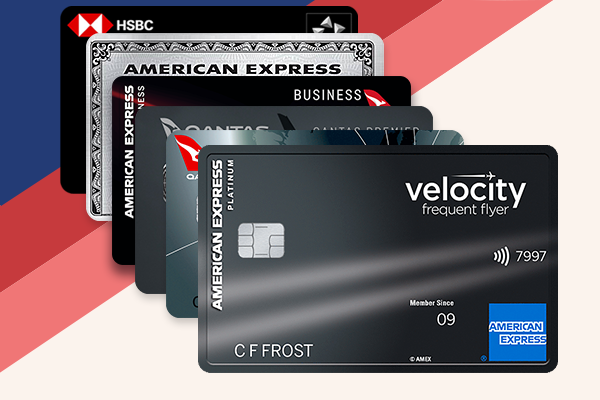DrA
Active Member
- Joined
- Jan 25, 2010
- Posts
- 527
If a passenger in F (say SYD-LAX) orders a gluten free, vegan or other type special meal, do they get served the same thing as what's served for the special meal in Y (just with fancier tableware)?
I'm just curious, because obviously F and J pax have separate menus, but what happens when you can't eat off the menu? Obviously before your flight you pre-book your special meal, but surely you'd still have to get served a better standard of food than what's served in Y? Say for example you're vegan, the vegan food in F wouldn't be the same as the vegan food served in Y, would it? That would just make me sad
I'm just curious, because obviously F and J pax have separate menus, but what happens when you can't eat off the menu? Obviously before your flight you pre-book your special meal, but surely you'd still have to get served a better standard of food than what's served in Y? Say for example you're vegan, the vegan food in F wouldn't be the same as the vegan food served in Y, would it? That would just make me sad















